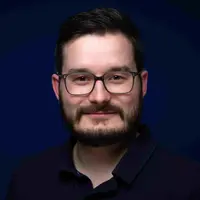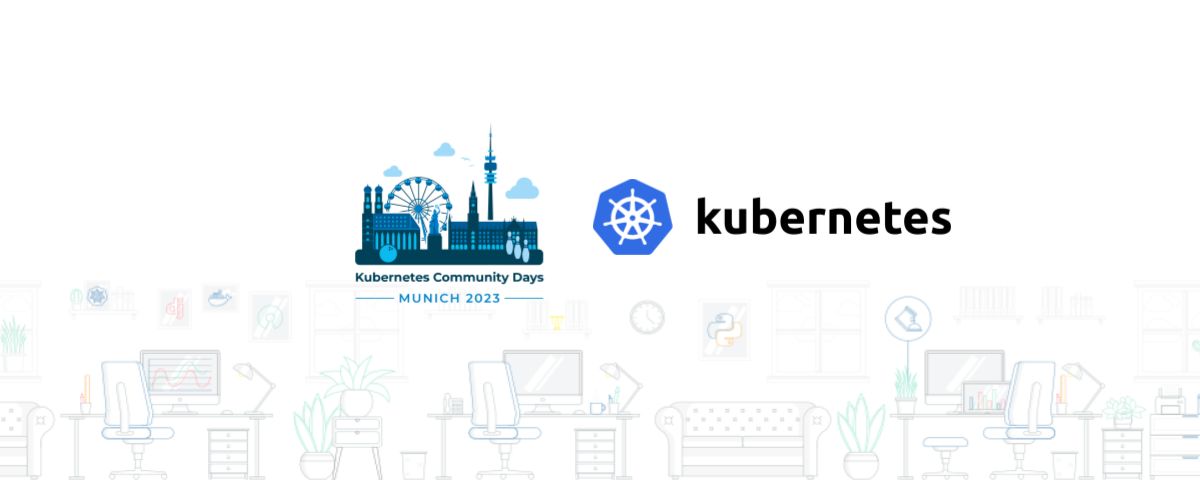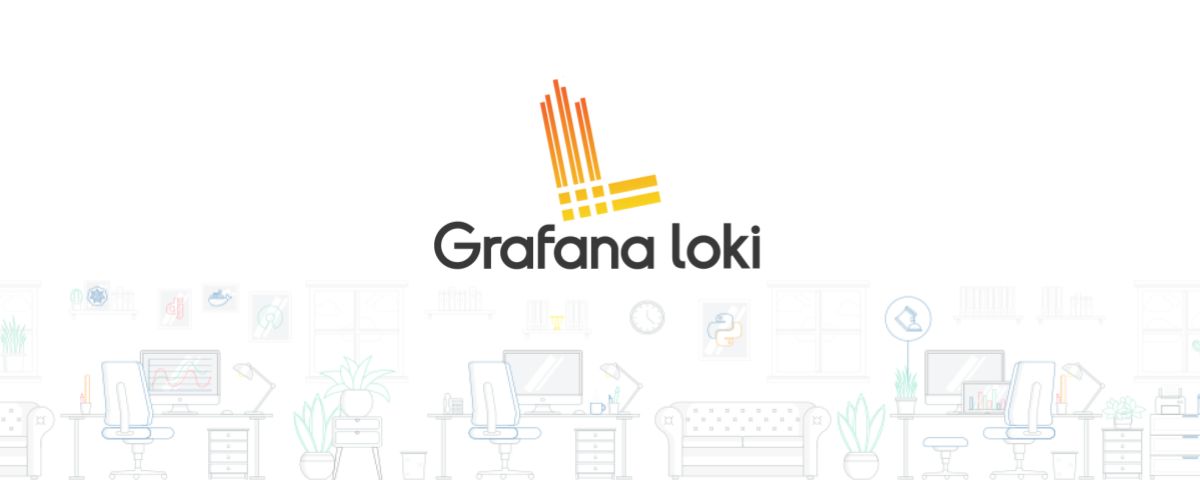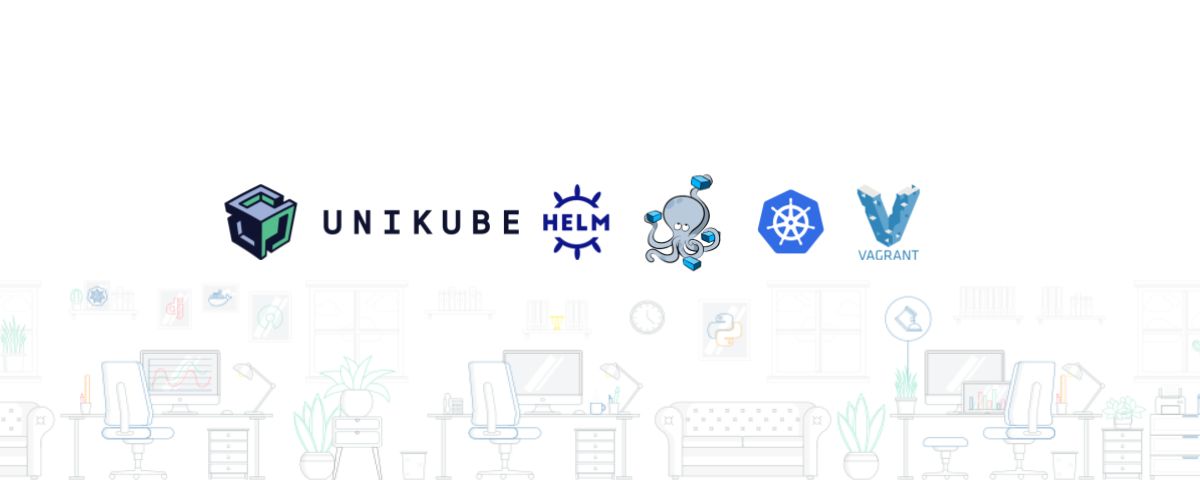20.07.2023
Cloud computing faceoff: FaaS vs. Kubernetes
Exploring the Pros and Cons: Function-as-a-Service (FaaS) vs Container Orchestration with Kubernetes
Explore the crucial differences between Function-as-a-Service (FaaS) and Kubernetes in this detailed analysis. With insights on benefits, drawbacks, use cases, and cost considerations, this post guides tech professionals in choosing the optimal platform for their specific cloud computing needs.
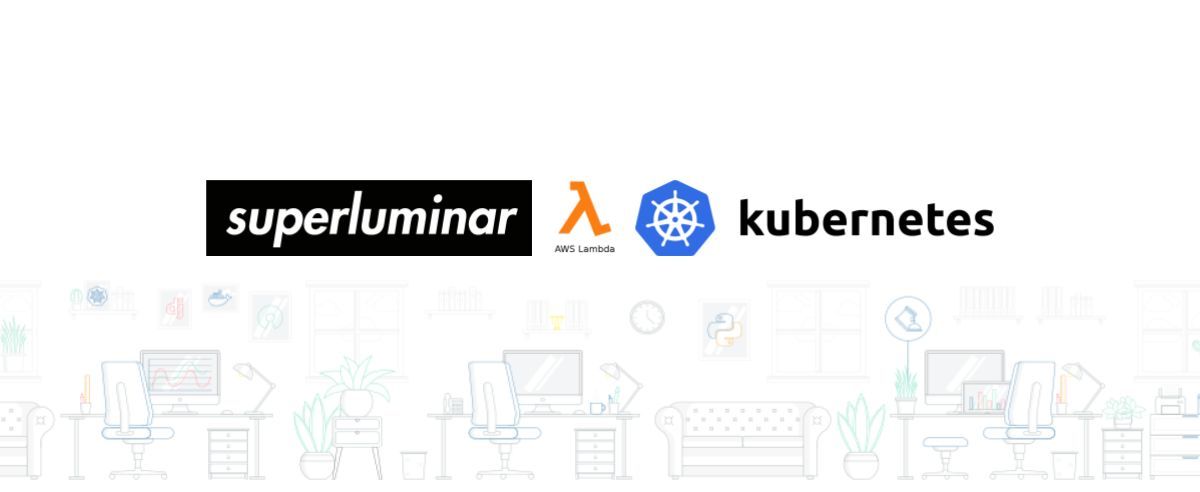
In this blog post we will cover
Function-as-a-Service (FaaS) vs Kubernetes in the world of cloud computing
The world of modern computing is a vast and ever-evolving landscape, with an array of platforms and frameworks to choose from. In this blog post, we want to explore and compare two prominent paradigms: Functions as a Service (FaaS)/Serverless and Kubernetes. These platforms have gained significant traction and attention, revolutionizing the way applications are developed, deployed, and managed.
As technology advances, organizations seek ways to optimize their infrastructure, enhance scalability, and improve development workflows. FaaS, with its promise of scalability and event-driven execution, has emerged as a compelling option for developers. On the other hand, Kubernetes, the industry standard for container orchestration, offers a robust and flexible platform that empowers organizations to build, deploy, and manage applications at scale.
In this comparison, we dive into the fundamental principles and characteristics of FaaS and Kubernetes, aiming to shed light on their unique strengths and weaknesses. By examining their architectural differences, resource management capabilities, developer experiences, operational complexities, and cost considerations, we aim to equip you with the knowledge necessary to make informed decisions when selecting the optimal platform for your specific use cases.
Please note that the following content is intended to provide a comprehensive overview and comparison of FaaS/Serverless and Kubernetes without diving into detailed information. The focus lies on the unique characteristics and considerations of each platform, allowing you to make informed decisions based on your requirements. Let's begin this exciting journey into the realm of FaaS and Kubernetes!
Serverless computing with Function as a Service (FaaS)
Function as a Service (FaaS) is a relatively new approach to computing that is changing the way businesses build and deploy applications. With FaaS, developers write and deploy small, stateless functions that are triggered by events such as HTTP requests, database changes, and messages from other services. This approach eliminates the need to manage servers and infrastructure, allowing developers to focus on writing code and delivering value to their customers.
Advantages of FaaS
FaaS offers several advantages over traditional server-based architectures:
- Reduced infrastructure management overhead: With serverless computing, developers do not have to manage the underlying infrastructure, which can significantly reduce infrastructure costs.
- Faster time-to-market: Serverless computing simplifies the deployment and speeds up code writing and deployment, enabling businesses to bring products and services to market faster.
- High scalability: FaaS automatically scales resources up or down based on demand, which ensures that applications can handle sudden spikes in traffic without any downtime.
- Increased resiliency: Serverless platforms typically offer built-in fault tolerance and can automatically handle failures, which ensures that applications are highly resilient and can handle unexpected errors without any downtime.
- Cost flexibility: With FaaS, you only pay for the compute time your code actually uses, allowing for more precise cost control and potentially lower overall costs than traditional server-based architectures, where you need to pay for the entire server or a fixed amount of computing resources regardless of the actual usage.
- Seamless cloud integration: AWS Lambda integrates seamlessly with other AWS cloud services such as DynamoDB and SQS, making it easy for developers to build complex and scalable applications that leverage multiple services. This allows businesses to create customized solutions that meet their specific needs and easily integrate with existing workflows.
Potential Drawbacks of FaaS
Despite the advantages of FaaS, there are also some limitations to consider. Functions are limited in terms of memory and execution time, and cold start latency (the initial start time of your function's runtime) can impact application performance for functions that are invoked infrequently. However, it's possible to pre-provision infrastructure, which can help mitigate cold start latency. It's also important to note that serverless functions often run on a proprietary platform, which means it may not be compatible with other cloud platforms or on-premise infrastructure.
Furthermore, functions are stateless by design, meaning they have no memory of previous invocations or interactions. However, this limitation can be overcome by leveraging serverless databases or other stateful services. By using these services, functions can create and access data that persists across invocations, allowing for stateful behavior in an otherwise stateless environment.
Use cases for FaaS
Function as a Service has been used by businesses of all sizes to build innovative and exciting solutions. Here are some examples:
- Event-driven processing: FaaS is an ideal solution for event-driven processing, where you only need to execute code in response to specific events. This can include processing data from sensors, responding to user actions in a web application, or automating business processes.
- Serverless APIs: FaaS is a great option for building serverless APIs, where you only pay for the compute resources you use. This can be useful for creating small, focused microservices that can be easily deployed and scaled without the need for complex infrastructure management.
- Lightweight applications: FaaS is a great option for lightweight applications, where you need to quickly deploy and scale applications without the need for heavy infrastructure management. This can be especially useful for small startups or individual developers who need to focus on building their applications, rather than managing infrastructure.
AWS Lambda is one of the most popular FaaS solutions available today. If you want to unlock the full potential of serverless computing, superluminar are the experts you need on your side. As an AWS Advanced Consulting Partner, they specialize in creating cutting-edge, cost-effective solutions, particularly with serverless computing including AWS Lambda at their core.
Understanding Kubernetes
Kubernetes is an open-source container orchestration platform that has revolutionized the way applications are managed and deployed. It provides a comprehensive solution for automating the deployment, scaling, and management of containerized applications. With its robust set of features and powerful components, Kubernetes offers a scalable and flexible platform for modern application development.
Advantages of using Kubernetes
One of the key advantages of Kubernetes is its ability to automate and simplify application management. Kubernetes enables developers to define and declare their application's desired state, and the platform takes care of orchestrating the deployment and scaling of containers accordingly. This automation reduces the complexity and manual effort required to manage large-scale containerized environments.
Kubernetes also provides built-in support for autoscaling, load balancing, and service discovery, ensuring that traffic is efficiently distributed across application instances. It offers advanced networking capabilities, allowing containers to communicate with each other seamlessly. This facilitates the development of distributed and microservices-based architectures.
Another significant advantage of Kubernetes is its fault tolerance and self-healing capabilities. Kubernetes continuously monitors the health of application instances and automatically restarts or replaces any failed containers. This ensures high availability and resilience, minimizing downtime and enhancing the overall reliability of the application.
Potentials Drawbacks of Kubernetes
While Kubernetes has gained popularity as a robust container orchestration system, it does have certain drawbacks, including higher management costs and complexities. Implementing and maintaining Kubernetes clusters necessitates specialized skills, which can lead to increased operational expenses. Moreover, the learning curve associated with Kubernetes is steep, requiring extensive training and ongoing education for teams. Continuous monitoring, scaling, and troubleshooting add to the management burden. Additionally, deploying and configuring applications on Kubernetes can be intricate, particularly for smaller projects or teams without dedicated resources. These factors collectively contribute to the potential downsides of Kubernetes.
Use Cases for Kubernetes
Kubernetes is particularly well-suited for managing complex and scalable applications. Its flexible architecture and resource management capabilities make it an ideal choice for microservices architectures, where applications are composed of multiple small, independent services. Kubernetes enables efficient deployment, scaling, and monitoring (using additional tools like prometheus) of these services, allowing organizations to build highly resilient and adaptable systems.
Data-intensive applications, such as those involving big data processing or machine learning, can greatly benefit from Kubernetes. It allows organizations to leverage the power of distributed computing by efficiently distributing workloads across a cluster of machines. Kubernetes provides the necessary tools and abstractions to manage large-scale data processing pipelines, making it an attractive option for data-driven applications.
In addition to that, it's also possible to take advantage of sleek FaaS architecture on kubernetes using software like OpenFaaS.
Comparing FaaS and Kubernetes
Architecture and scalability
When comparing Functions as a Service (FaaS) and Kubernetes, one of the key aspects to consider is their architectural differences. FaaS platforms, such as AWS Lambda or Azure Functions, are designed for event-driven, serverless computing. They execute individual functions in response to events, allowing for high scalability and resource efficiency. On the other hand, Kubernetes follows a container-based architecture, where applications are divided into smaller, isolated applications (containers) that can be scaled independently. Kubernetes offers robust scalability capabilities, allowing organizations to scale their applications both horizontally and vertically based on demand.
Development experience and deployment workflow
The development experience and deployment workflow also differ between FaaS and Kubernetes. With FaaS, developers focus primarily on writing and deploying individual functions. FaaS platforms handle the underlying infrastructure and automatically scale functions based on incoming events. This simplified development model reduces the operational burden on developers. In contrast, Kubernetes requires developers to package their applications into containers and define the desired state of the system using YAML or configuration files. Developers have more control over the infrastructure and can deploy complex, multi-container applications. However, it also involves more upfront configuration and management.
Ops complexity and maintenance
Operational complexity and maintenance considerations differ between FaaS and Kubernetes. FaaS platforms abstract away much of the underlying infrastructure, allowing developers to focus solely on the code. This simplifies operations as the platform handles scalability, fault tolerance, and infrastructure maintenance. In contrast, Kubernetes requires organizations to manage and maintain the entire container orchestration infrastructure, including managing the cluster, monitoring, scaling, and ensuring high availability. While Kubernetes offers more control, it also requires more operational expertise and effort.
Cost Considerations
Cost considerations play a significant role when comparing FaaS and Kubernetes. FaaS platforms operate on a pay-per-use model, where organizations are charged based on the number of function invocations and their resource consumption. This can be cost-effective for applications with sporadic or unpredictable traffic patterns. Kubernetes, on the other hand, requires organizations to provision and manage their own infrastructure, which may involve upfront costs for hardware or cloud resources. Kubernetes applications need to maintain continuous operation to ensure service availability, regardless of whether they receive incoming requests or not. However, once set up, Kubernetes offers more cost predictability and control for long-running or continuously active applications.
Reflections on Function-as-a-Service (FaaS) and Kubernetes
In conclusion, both Functions as a Service (FaaS)/Serverless and Kubernetes offer unique strengths and capabilities for modern application development and deployment. Understanding the nuances and trade-offs of each platform is crucial in making informed decisions for your specific use cases.
FaaS platforms excel in their event-driven, serverless architecture, allowing developers to focus solely on writing functions without worrying about infrastructure management. They offer seamless scalability and resource efficiency, making them an attractive choice for applications with sporadic or unpredictable traffic patterns.
On the other hand, Kubernetes provides a robust container orchestration platform, empowering organizations to build, deploy, and manage complex applications at scale. It offers flexibility, control, and advanced capabilities for managing distributed systems, making it suitable for microservices architectures and data-intensive applications.
Ultimately, there is no one-size-fits-all solution. The choice between FaaS and Kubernetes depends on the nature of your application, scalability needs, development preferences, and budget constraints. In some cases, a hybrid approach or combining both platforms might be the best strategy.
As technology continues to evolve, new advancements and platforms will emerge, further expanding the options available to developers and organizations. Keeping abreast of industry trends and continuously evaluating the suitability of platforms will ensure that you stay at the forefront of innovation and deliver optimal solutions for your applications.

